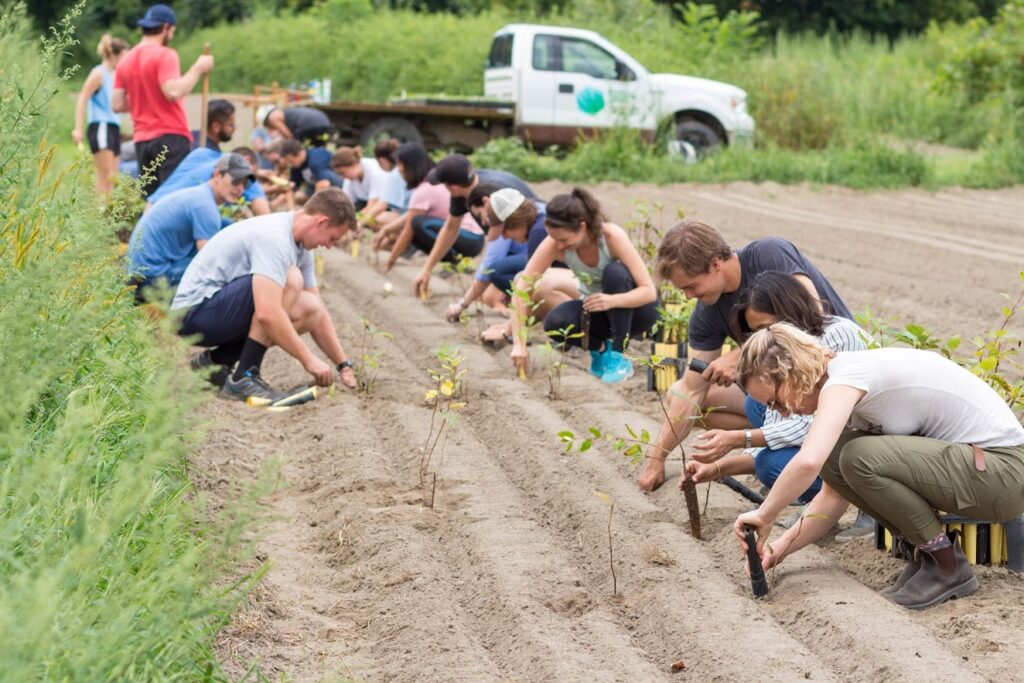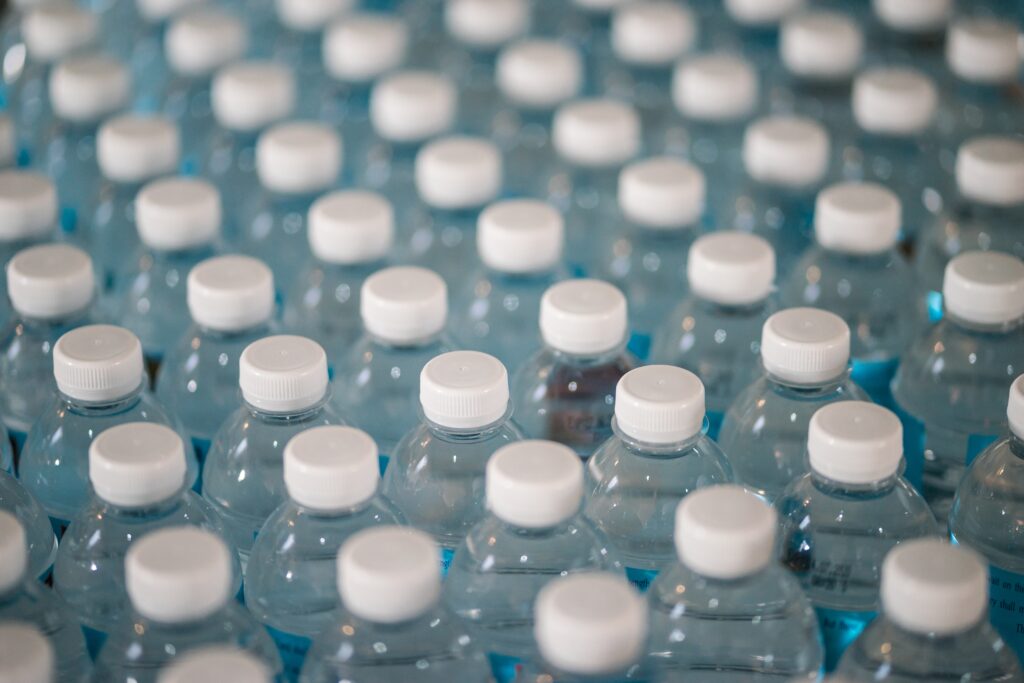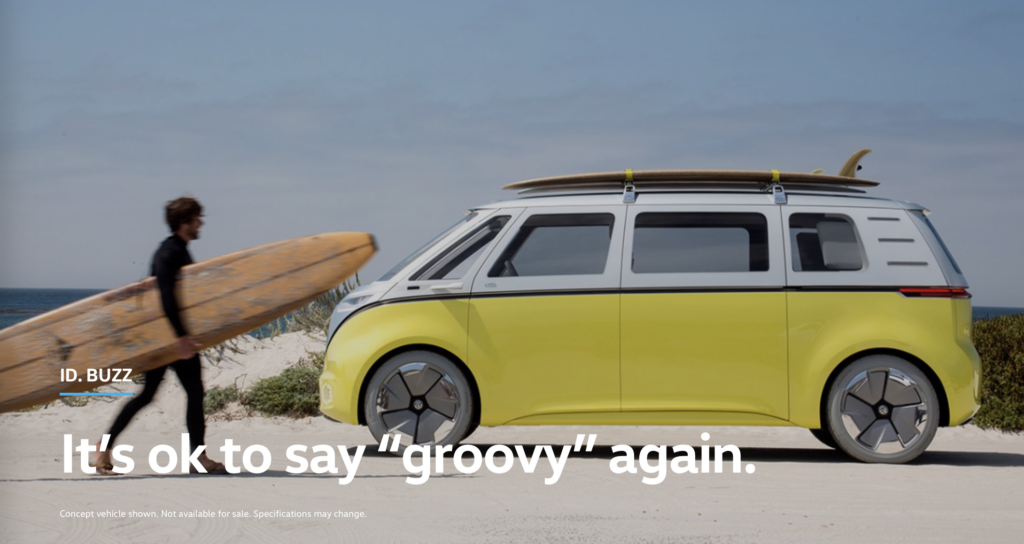This post was written by Ruchi Nadkarni ’20. Connect with Ruchi on LinkedIn.
“Family Business,” I thought – sounded like just another core course in the laundry list of core courses that we needed to know about. I wasn’t inspired or even intrigued at the notion of it. I had committed the very first faux pas that the class instructor warned all of us about – our A’s – our assumptions. However, my postulations were quickly checked when a poised woman, world renown Family Business scholar Pramodita Sharma entered the class and shook me to my very core, with the inspiration that followed the notion of Family Business.

As if I wasn’t already excited to be learning about concepts that spoke to my very essence, I became deeply fascinated with the promise of family business in the first thirty minutes of the class. I was captivated. As someone that grew up in India, I had a picture of what family business in my mind. It was a common occurrence growing up for me to have come across several family members and friends who were in variously sized family businesses around me. Family business was close knit, small and seemingly inconsequential to me from what I had observed. It seemed to be just another way of making a living, and I concurred with the popular opinion of it as being rather minor-league. Interestingly, I was very aware of the top 1% of my country’s wealth as being in the hands of some of the wealthiest in the world from the Tatas, Ambanis and Birlas! I again erroneously assumed that they were a small minority to the rule.
The various advantages and disadvantages peculiar of family businesses started to familiarize me with the telenovela that is family business! From high passion to high drama, it seemed to have it all. I wasn’t surprised to read the first reason why I was always averse to the idea of family business – its Achille’s heel mixing family and business together. My aspirations to work with the base of the pyramid were augmented further when I read about household enterprises in developing countries. As a more privileged member of society, privy to the lives of the base of the pyramid, I have intimately seen the struggles, lives and phenomenal resourcefulness that resides within it. My nonprofit work took me deep into the slums of Mumbai, and I was honored to have made it into their circles, as these communities are usually very wary of outsiders.
In my working with the community, I happened to also have a chance to observe the enterprises run by them, leaving me fascinated and inspired to bring more to them. It was heartening to read about the resilience of these populations and how their close knit, family-oriented values created informal micro-enterprises that helped void marginalization for them. These societies internalized institutional theory without even realizing it with each member of the family contributing to the household in these enterprises to combat poverty. Their norms, solidarity, values and beliefs in forming these institutions despite being marginalized from resource rich networks was always something of a feat to me as I have admired them all my life. In the US, I recently learned of at-risk neighborhoods and how, the law enforcement and broken system keep them in an inescapable cycle of abjection. Despite the challenges the socio-emotional wealth as an economic consideration was comforting to read about. They subsist where opportunities do not exist.
All our simultaneous classes and lectures pointed out to the most opportunity for business and sustainability for all stakeholders was in the bottom of the pyramid. When we shifted gears to alter that notion and understand that opportunity also resided in the top of the pyramid which consisted of family businesses in a big part because of their legacy oriented outlooks, it was almost like a eureka moment for me. The idea of sustainable innovation can sound insipid to a lot of businesses primarily concerned with the bottom line, but when the bottom line can be tied into this idea, a golden bridge is created where it suddenly all makes sense. This bridge I thought, was that of family business.
Growing up as I went through the various stages of academia, and many of my decisions were usually influenced by my parents or by society and I always had an entrepreneurial streak. I was a natural risk-taker and even have a black book full of business ideas that can change the world. As my non-profit venture progressed, as I became familiar with the pains of entrepreneurship my rose-tinted glasses slowly came off. That combined with the severe strain that my nonprofit put on my work-life balance and my family relationships made me more averse to entrepreneurship than ever before.
Outside of these challenges, being in the non-profit industry for ten years and pure science academic background before that, through my academia and career I was always convinced that ‘entrepreneurship’ is a bad word. Even still, as I ponder about being an entrepreneur I am absolutely terrified of the notion. The lack of resources, loneliness and stress are concepts that I am all too familiar with, being a nonprofit owner. As we spoke of various family businesses that our professor studied over the years, and how passionately she felt about them being contributors to the sustainability and business future of the planet, my fears were slowly dissipating. Every day in this program as we are convinced of becoming entrepreneurs, I can see the silver lining and feel like I am gaining my starry-eyed wonder that I harbored before life’s many challenges bogged me down. I was all at once reminded of the dividends of entrepreneurship, as well as family business as a route to solve the world’s sustainability challenges. I was overwhelmed with gratitude and reminded to be completely in that moment even as I was churning several ideas for the future.
Because the truth is, that we only have the present moment, and to be completely immersed in it is the true joy of life. So even as I drew grandiose plans with my learnings from this class and this program, I truly enjoyed being right there, just in that moment.










